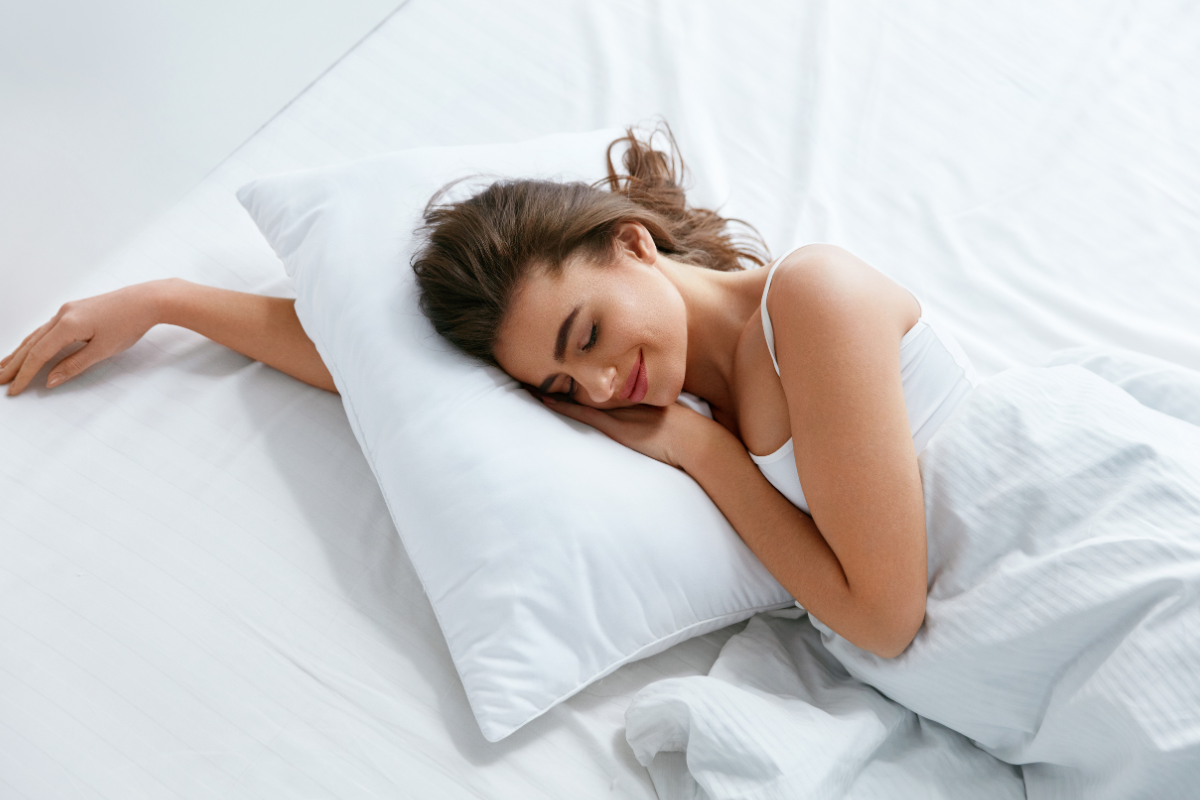A pillow protector is a removable fabric cover that sits underneath your regular pillowcase. While a pillowcase offers some surface-level protection and aesthetic appeal, a pillow protector acts as a hidden shield - keeping your pillow safe from dirt, sweat, oils, allergens, and even dust mites.
It’s like an invisible armor for your pillow, extending its life and ensuring a cleaner sleep environment.
Why Use a Pillow Protector?
Here’s why pillow protectors are an underrated essential in any bedroom:
1. Hygiene and Cleanliness
Even if you wash your pillowcases regularly, your pillow still absorbs sweat, drool, and oil over time. Pillow protectors act as a barrier between your body and the pillow, preventing those fluids and bacteria from seeping into the pillow itself.
2. Allergen Protection
Dust mites love pillows, especially older ones. They feed on dead skin cells and can trigger hay fever, asthma, and other allergic reactions. A tightly woven pillow protector helps block out dust mites and other allergens, making it a great option for allergy sufferers.
3. Prolongs Pillow Life
Pillows can lose their shape and freshness due to moisture and wear. A good protector preserves the pillow’s structure and keeps it feeling new for longer.
4. Waterproof Options for Extra Protection
Some pillow protectors are waterproof, adding an extra layer of defense against spills, sweat, or nighttime skincare products. This is especially useful for children, hot sleepers, or anyone using overnight serums and oils.
Pillow Protector vs. Pillowcase: What’s the Difference?
While both items are fabric covers for your pillow, they serve different purposes:
| Feature | Pillowcase | Pillow Protector |
|---|---|---|
| Main Function | Aesthetic and comfort | Protection from dirt, moisture, allergens |
| Placement | On the outside | Underneath the pillowcase |
| Material | Usually soft, matching your bedding | Typically tightly woven or waterproof |
|
Washing Frequency |
Weekly | Every 1–2 months (or more often if needed) |
Think of the pillowcase as the outerwear, and the protector as the hidden but essential base layer.
How Often Should You Wash Pillow Protectors?
While your pillowcase should be washed weekly, your pillow protector doesn’t need quite as frequent washing. As a general rule, wash it every 1 to 2 months, unless:
-
You have allergies or asthma (wash more often)
-
You sweat heavily at night
-
You’ve been sick
-
You’ve spilled something on it
Washing regularly helps maintain hygiene and keeps the fabric breathable and effective. Always follow the care instructions on the label.
The Best Pillow Protectors for a Healthy Sleep
At Ethical Bedding, we believe that a great night’s sleep starts with healthy, ethical choices. Our pillow protectors are:
-
Made from 100% organic and sustainable bamboo and eucalyptus fibres (TENCEL™)
-
Naturally hypoallergenic, ideal for sensitive skin and allergies
-
Temperature-regulating for a cool and comfortable night
-
Machine washable, durable, and luxuriously soft
They pair perfectly with our full range of ethical pillows and bedding collections, making them a must-have for a cleaner, healthier sleep space.
Final Thoughts: Do You Really Need a Pillow Protector?
Absolutely. If you care about the longevity of your pillows, the cleanliness of your sleep environment, or reducing allergens in your bed, a pillow protector is a small investment with a big return.
It works silently in the background to keep your sleep sanctuary clean, fresh, and protected - night after night.
Shop Pillow Protectors & Ethical Bedding
Discover our luxury pillow protectors and create a bedding system that’s as good for your sleep as it is for the planet.
👉 Browse Pillow Protectors
👉 Explore Hypoallergenic Bedding
👉 Learn More on Our Sleep Blog




Share:
Bath Sheets vs Towels: Which Is Right for You? Full Comparison and Guide
What Does BPA-Free Mean? Understanding the Benefits of BPA-Free Materials in Bedding and Beyond